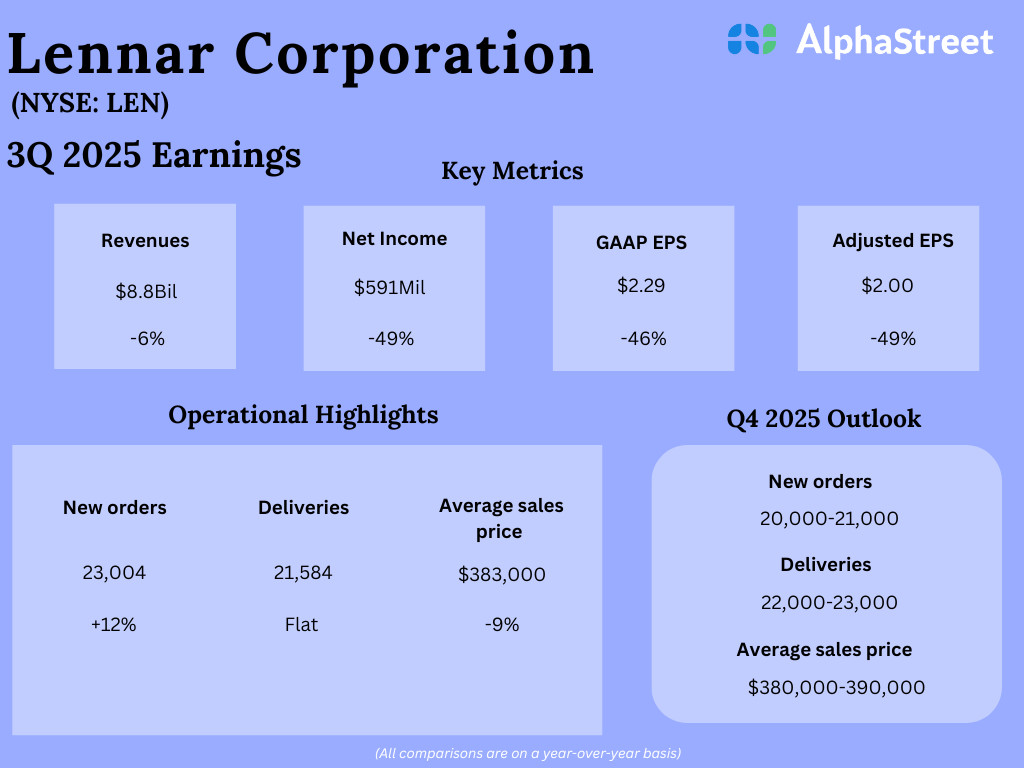China is in hot water.
This isn’t political. It’s not entirely economic either.
It’s mainly demographic.
China’s population has declined since last year, by about 850,000 people … or roughly the entire population of Indianapolis. And it’s projected to shrink a lot more.
This affects the size of its workforce and its position as a global manufacturer. And it also affects the U.S., as American companies continue to nearshore their manufacturing facilities.
In today’s episode of The Banyan Edge Podcast, Ian King and I explain how China got to this point, what this means for the country’s economic growth and how we can profit from it.
Ian argues that artificial intelligence (AI) automation and robotics will continue to shape the U.S. and global economies — especially when it comes to which country will reign supreme in semiconductor chip manufacturing.
In Today’s Video:
- Two major reasons China has a labor problem. [2:00]
- Why this shifts U.S. and global manufacturing toward AI automation and robotics. [4:50]
- Why there’s a “convergence” of development happening in the semiconductor chip sector. [6:30]
- How fast the AI trend is catching on — in nearly all sectors of the market — and how ChatGPT actually works. [10:45]
- How American companies will pivot to meet supply and demand in this market. [22:00]
Tune in to today’s episode below!
(Or read a transcript.)
And if you liked this episode and have comments or questions about artificial intelligence, chip manufacturing or what’s happening in the market, just let us know at [email protected]!
Regards,Charles SizemoreChief Editor, The Banyan Edge
















